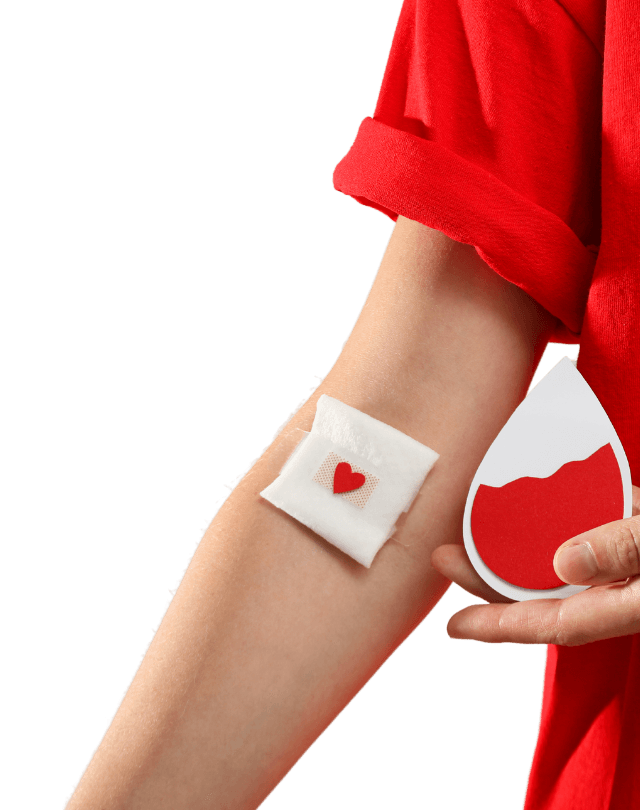How Blood Transfusion and Charity Can Save Lives
Blood donation plays an indispensable role in modern healthcare systems, often making the difference between life and death for many patients. The process of blood donation is straightforward, yet critically important. To be eligible to donate blood, one typically needs to be in good health, weigh at least 110 pounds, and be at least 16 or 17 years old, depending on local regulations. The donation procedure itself usually takes about an hour, including registration, a brief medical screening, the donation, and a short recovery period where donors are given refreshments.
There are several types of donations that individuals can make: whole blood, platelets, plasma, and double red cells. Each type serves a unique purpose in patient care. Whole blood is the most versatile and commonly donated; it’s often used in surgeries and trauma cases. Platelet donations are crucial for cancer patients and others undergoing treatments that impact blood clotting. Plasma donations are invaluable in treating patients with severe burns or clotting disorders. Double red cell donations are similar to whole blood donations but allow for the collection of two units of red cells while returning plasma and platelets to the donor.
The journey of donated blood continues after collection. It undergoes rigorous testing for infections before being separated into its components and stored for hospital use. This blood is then used in a variety of medical situations, from emergency transfusions in trauma cases to ongoing care for patients with chronic illnesses like anemia or cancer. Data indicates that one donation can potentially save up to three lives, underscoring the significant impact of each contribution.
Testimonies from both donors and recipients vividly illustrate the human element of blood donation. Donors often describe a sense of fulfillment and community engagement, while recipients speak to the priceless gift of another chance at life. Despite these benefits, myths and misconceptions can deter potential donors. Common concerns include fear of pain, misconceptions about who can donate, or misunderstandings about the safety of the process. Education and awareness initiatives aim to dispel these myths, thereby encouraging more individuals to become life-saving blood donors.
the process of blood transfusion is not merely a medical procedure; it is a lifeline for countless individuals facing health challenges. The collaborative efforts between donors, healthcare providers, and support organizations ensure that this vital resource remains available when needed most. We encourage you to share your thoughts on blood donation and transfusion in the comments section below. Whether you have personal experiences to share, questions about the process, or ideas on how we can enhance awareness around this critical issue, your voice matters! Together, let’s inspire more people to join us in our mission of saving lives through blood donation.
Maintaining an adequate blood supply and the necessary support systems requires significant financial and human resources.
Financial donations help fund advanced testing and storage technologies, ensuring that every unit of blood collected is safe and ready for use.
Meanwhile, the dedication of volunteers provides critical support in the form of logistics, donor recruitment, and organization of blood drives. Together, these elements form a collaborative network that ensures that blood is always available, safe, and accessible when patients need it most.
The impact of these efforts extends far beyond the logistical framework. Behind every pint of blood donated lies a potential to transform lives.
Consider the case of a young leukemia patient who requires regular transfusions to endure the grueling demands of chemotherapy. Each session, made possible by blood donations, brings them one step closer to recovery.
Or imagine the trauma patient rushed into surgery after a severe accident—timely access to blood ensures they have a fighting chance at survival and recovery. These real-life stories highlight the profound effect that charitable acts of blood donation have in saving lives and offering renewed hope to patients and their families.
But the benefits of blood donations don’t stop there.
These contributions play a pivotal role in surgeries, maternal health, and chronic disease management, touching countless lives in ways that often go unnoticed. Each donor, volunteer, and financial supporter is part of a larger tapestry of compassion, proving that small individual actions can lead to monumental outcomes. It is this collective spirit that drives the success of blood donation initiatives and ensures their sustainability in the years to come.
“Blood is the gift that money can’t buy but compassion can give.”
Blood donation is a remarkable testament to humanity’s capacity for kindness and care, but it also relies on the active participation of communities to thrive. Have you ever considered donating blood, volunteering, or supporting such initiatives financially? What inspires or motivates you to contribute to a cause that literally saves lives?
We would love to hear your thoughts, personal experiences, or ideas about how we can enhance the impact of blood donation efforts. Join the conversation by leaving a comment below—your voice matters in this vital dialogue.

